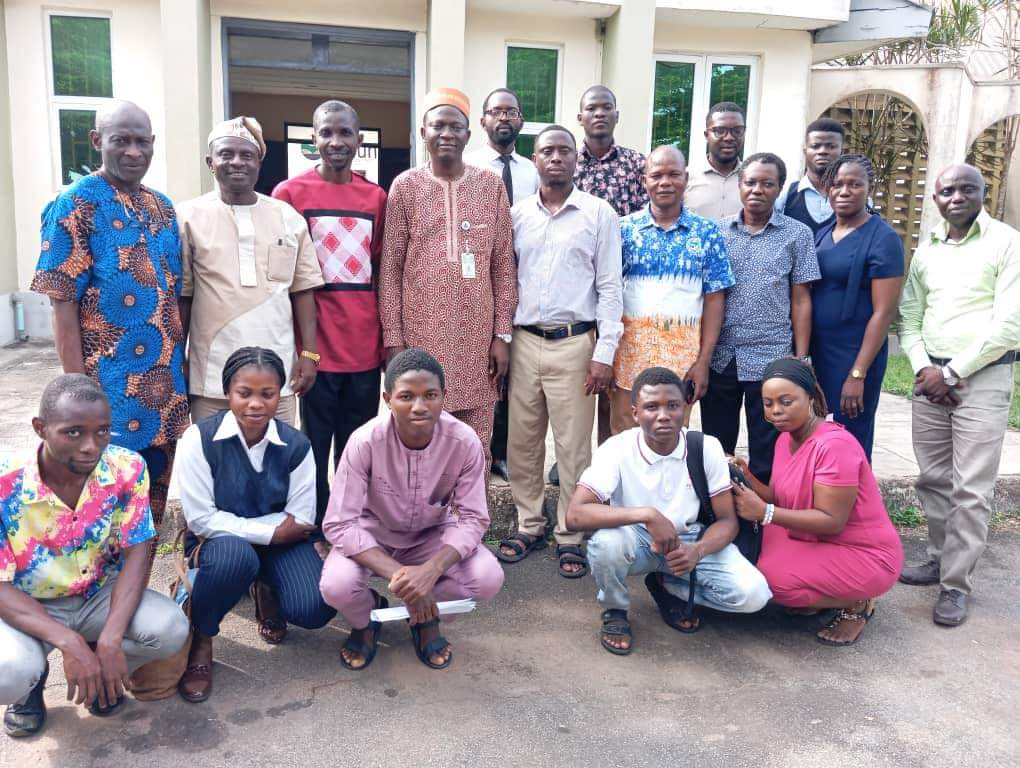Creating an engaging and enjoyable learning environment can significantly enhance students’ educational experiences.
Games and interactive activities can transform the classroom into a dynamic learning environment. By integrating educational games, teachers can foster competition and collaboration, which can motivate students to engage deeply with the material. For instance, using quiz apps or creating scavenger hunts related to the curriculum can make learning exciting.
Leveraging technology can make lessons more engaging. Tools like interactive whiteboards, educational apps, and multimedia presentations can bring subjects to life. Virtual reality experiences, for instance, can transport students to historical sites or scientific environments, offering immersive learning experiences.
Allowing students to express their understanding through creative projects can make learning more personal and fun. This might include art projects, music compositions, or digital storytelling. By catering to diverse learning styles, teachers can help students discover their talents and interests.
Physical activity can enhance concentration and retention. Teachers can design lessons that require students to move around the classroom, participate in role-plays, or conduct experiments. Movement not only breaks the monotony but also helps kinesthetic learners grasp concepts more effectively.
A welcoming and positive classroom atmosphere can make learning a joyous experience. Teachers can foster this by being enthusiastic, encouraging open communication, and celebrating achievements. A supportive environment encourages students to take risks and embrace challenges.
Relating lessons to real-world scenarios can make them more relevant and interesting. Teachers can use current events, guest speakers, or field trips to show how classroom concepts apply outside the school. This approach helps students see the value of their education in real life.
Giving students a say in their learning process can increase engagement. Teachers can offer choices in assignments, projects, or even topics of study. This autonomy encourages students to take ownership of their learning, making it more meaningful and enjoyable.
Encouraging students to work together and teach each other can make learning a social and enjoyable activity. Group projects and peer teaching sessions help students develop communication skills and reinforce their understanding by explaining concepts to others.
Incorporating humour and light-hearted content can make lessons more enjoyable. Teachers can use funny anecdotes, jokes, or memes related to the subject matter to capture students’ attention and make the classroom a more relaxed place to learn.
Storytelling can make complex subjects more relatable and memorable. By presenting information through stories, teachers can captivate students’ imaginations and help them remember lessons more vividly. Personal stories or historical narratives can add depth to the learning experience.
By integrating these strategies, teachers can create a more engaging and enjoyable learning environment that not only enhances students’ academic performance but also fosters a lifelong love of learning.












